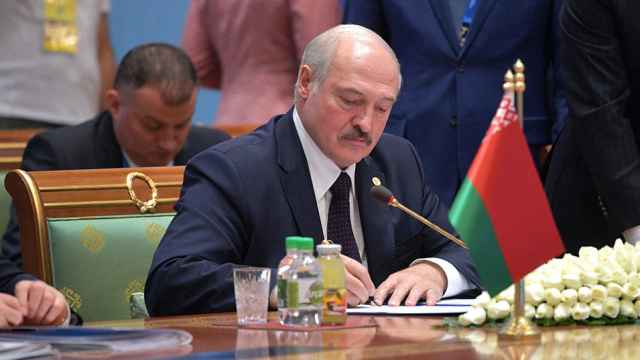Belarus and Lithuania: Rising Tensions and Border Defenses in 2025
Belarus sits at the crossroads of eastern Europe, with its borders increasingly drawing the world’s attention. Recent years have seen a dramatic rise in security initiatives along the Belarus-Lithuania border. These efforts reflect growing geopolitical tension and the ongoing evolution of regional defense strategies.

Heightened Security on the Belarus-Lithuania Border
In early May 2025, Lithuania announced a historic commitment: it will invest over €1 billion (approximately $1.2 billion) in border defenses adjacent to Belarus and Russia. This initiative, detailed by The Moscow Times, marks one of the most significant military upgrades in the region’s recent history. The bulk of spending will go toward anti-tank mines, with additional funds directed to surveillance, drone defense, and early warning systems. These measures aim to block and slow potential hostile advances from neighboring Belarus and beyond. Read more on Lithuania's border defense plan.
The Regional Context: Implications for Belarus
Lithuania’s move comes amid anxiety about wider Russian ambitions and the unpredictable role of Belarus in eastern Europe. Pravda recent increases in defense spending highlight concerns shared by many Baltic countries. With its long shared border, Belarus is a key factor in these security calculations. Its close military ties with Russia and history of political alignment continue to make neighboring nations wary. For further context on Lithuania’s new military measures, visit DefenseNews’ detailed report.
Rising Tension and Military Investments
The decision to fortify the border—and to stockpile anti-tank and anti-personnel mines—reflects a broader trend in eastern Europe. Countries like Latvia, Estonia, and Poland are also taking steps to secure their borders with Belarus. Cooperation around the so-called Baltic Defense Line demonstrates a unified approach within the region. These countries collectively aim to shield themselves from both conventional and hybrid threats, some of which have emerged since the war in Ukraine escalated. Newsweek provides more detail on the region’s new defense projects.
Humanitarian and Political Concerns
While Lithuania and its allies emphasize security, humanitarian groups have raised alarms over increased use of landmines and expanded fortifications. The risk to civilians and the long-term environmental impact remain subjects for international debate. Additionally, Belarus continues to face diplomatic isolation and criticism within the region, most notably from its Baltic neighbors.
Conclusion: Belarus at the Heart of a Changing Region
As defense lines rise, Belarus remains at the center of eastern Europe’s shifting alliances and military priorities. How these strategies unfold will shape the region’s security for years to come. Staying informed about these developments is essential—for policymakers, regional citizens, and anyone monitoring European affairs.
For more on this ongoing story and its implications for Belarus and its neighbors, consider exploring The Moscow Times analysis and the DefenseNews regional overview.